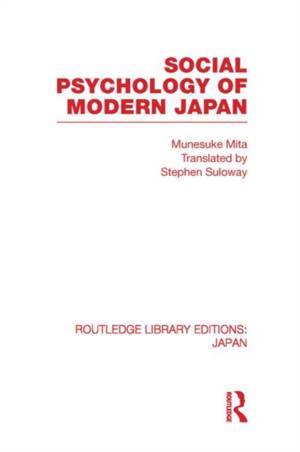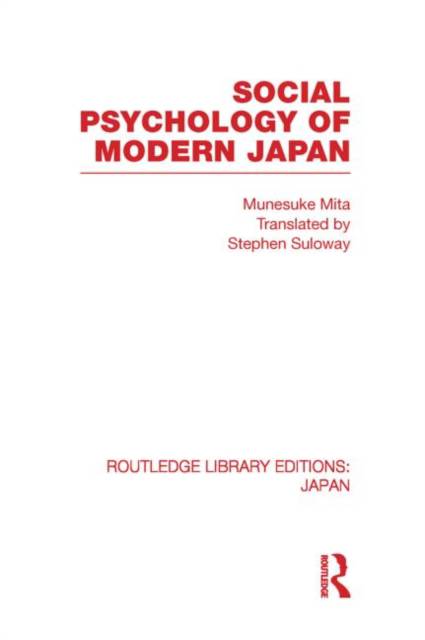
- Afhalen na 1 uur in een winkel met voorraad
- Gratis thuislevering in België vanaf € 30
- Ruim aanbod met 7 miljoen producten
- Afhalen na 1 uur in een winkel met voorraad
- Gratis thuislevering in België vanaf € 30
- Ruim aanbod met 7 miljoen producten
Omschrijving
This study reveals the complex combination of cultural particularity and modern universality that underlies the reality of contemporary Japan. The work uses sources such as popular works of art, song, best-selling books and the advice columns of newspapers to draw a striking portrait of the Japanese public. Focussing on the four main phases of modernizing and modernized Japan beginning in the nineteenth century and continuing to today's postmodern society, this groundbreaking work uses quantitative and qualitative data to show that the processes of modernization brought a coexistence of generational variation imbued with tensions, conflicts and synergies, that, taken together, provide the key to understanding the structure and dynamism of contemporary Japan.
Specificaties
Betrokkenen
- Auteur(s):
- Vertaler(s):
- Uitgeverij:
Inhoud
- Aantal bladzijden:
- 560
- Taal:
- Engels
- Reeks:
Eigenschappen
- Productcode (EAN):
- 9780415850759
- Verschijningsdatum:
- 25/04/2013
- Uitvoering:
- Paperback
- Formaat:
- Trade paperback (VS)
- Afmetingen:
- 156 mm x 234 mm
- Gewicht:
- 775 g

Alleen bij Standaard Boekhandel
Beoordelingen
We publiceren alleen reviews die voldoen aan de voorwaarden voor reviews. Bekijk onze voorwaarden voor reviews.











